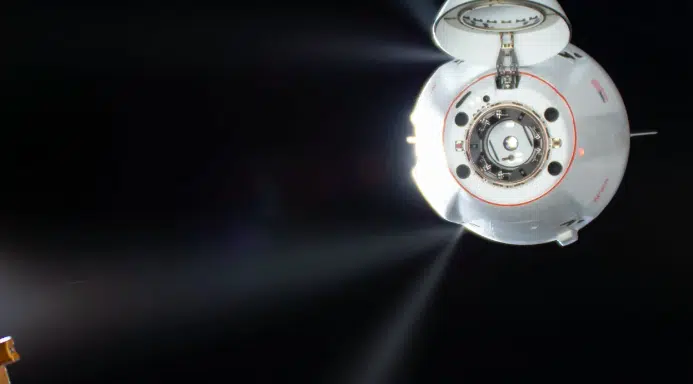The departure of the SpaceX Dragon cargo resupply spacecraft from the International Space Station (ISS) on December 21 marks a significant phase in ongoing scientific research and sample retrieval in space. NASA, along with its international partners, is set to receive vital scientific research samples and hardware as Dragon begins its journey back to Earth.
NASA will offer live coverage of Dragon’s undocking and departure on various platforms, including the NASA+ streaming service, NASA Television, YouTube, and the agency’s website. The spacecraft will undock from the station’s Harmony module and move away from the station after receiving commands from ground controllers at SpaceX in Hawthorne, California.
Following its departure, Dragon will re-enter Earth’s atmosphere and splash down off the coast of Florida. Although NASA won’t broadcast the splashdown, updates will be provided on the agency’s space station blog.
Carrying over 4,300 pounds of supplies and scientific experiments, Dragon’s return will facilitate the transport of these experiments to NASA’s Space Station Processing Facility at Kennedy Space Center in Florida. This rapid transportation ensures minimal exposure of samples to Earth’s gravity, allowing researchers to collect data in an environment optimized for microgravity.
Among the returning scientific hardware and samples is the Planet Habitat-03 study, investigating genetic adaptations in plants across generations grown in space, potentially contributing to multi-generation plant biology studies in orbit.
JAXA’s Cell Gravisensing experiment aims to understand how cells sense and respond to gravity’s effects, potentially aiding drug development for conditions like muscle atrophy and osteoporosis.
Also returning is Genes in Space-10, a student-led project examining a method to measure telomere length in space, crucial structures at the end of DNA strands linked to aging.
Additionally, samples from experiments like MaRVIn-PCIM and Neuronix are coming back for further analysis, each contributing valuable insights in their respective fields.
Dragon’s arrival at the ISS in November was part of SpaceX’s resupply services mission, delivering a range of research investigations, crew supplies, and station hardware. The continuous investigations on the ISS cover various domains like biology, physical sciences, and Earth and space sciences, contributing to astronaut health during long-duration space travel and demonstrating crucial technologies for future space exploration.
These endeavors and findings contribute significantly to NASA’s Artemis program, paving the way for human and robotic exploration beyond low Earth orbit, targeting missions to the Moon and Mars.

